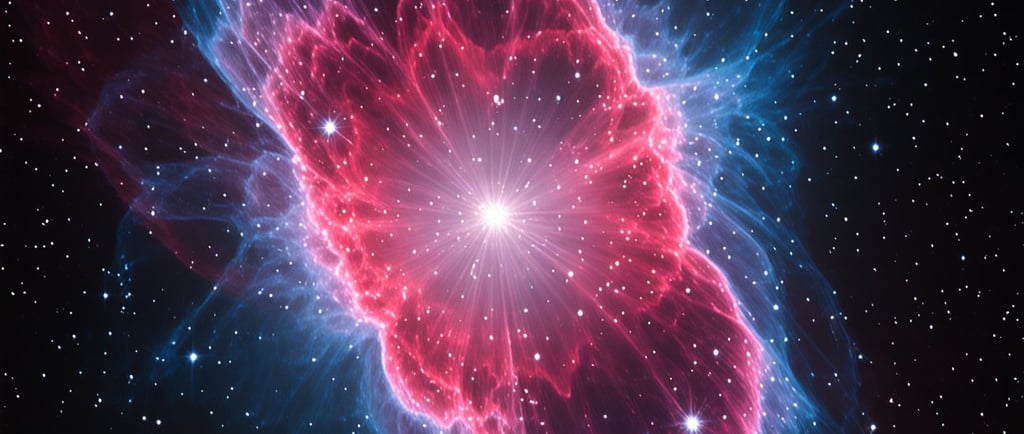NGC 40: The Bow Tie Nebula


Introduction to NGC 40
NGC 40, also known as the Bow Tie Nebula, is a striking planetary nebula located within the majestic Cepheus constellation. This celestial marvel, positioned near the northern celestial pole, offers stargazers a captivating view for most of the year, particularly from the northern hemisphere. It stands out not only for its beauty but also for its intriguing characteristics that attract both amateur and professional astronomers alike.
Characteristics of NGC 40
With a visual magnitude of 11.89, NGC 40 can be observed through telescopes with an aperture of at least 8 inches. This makes it an accessible target for amateur astronomers who have a keen interest in exploring the wonders of the night sky. The nebula itself is formed from the expelled material of a dying star, revealing intricate structures and a fascinating history of stellar evolution.
The nebula is characterized by its unique shape that resembles a bow tie, featuring a bright central star surrounded by a shell of gas and dust. This structure is not only visually captivating but also scientifically enriching, as the study of NGC 40 provides insights into the lifecycle of stars and the formation of planetary nebulae.
Observing NGC 40
For those eager to observe NGC 40, the ideal time to spot this celestial object is during the fall and winter months when it is highest in the night sky. The best conditions for viewing include clear, dark skies away from light pollution. As you aim your telescope towards this planetary nebula, you will be rewarded with a mesmerizing view of its intricate details and colors.
It is essential to have the right equipment to maximize your observation experience. A telescope with an aperture of 8 inches or more will allow you to uncover the stunning structures that make up NGC 40. Using filters can also enhance visibility, allowing you to appreciate the nebula's subtle hues and fascinating features.
In conclusion, NGC 40 serves as a beautiful reminder of the universe's mysteries and the remarkable phenomena that exist beyond our planet. As you embark on your journey to explore this planetary nebula, remember that each glimpse into the cosmos provides not only a visual delight but also an opportunity to deepen your understanding of the nature of stars and the expansive universe we inhabit.
